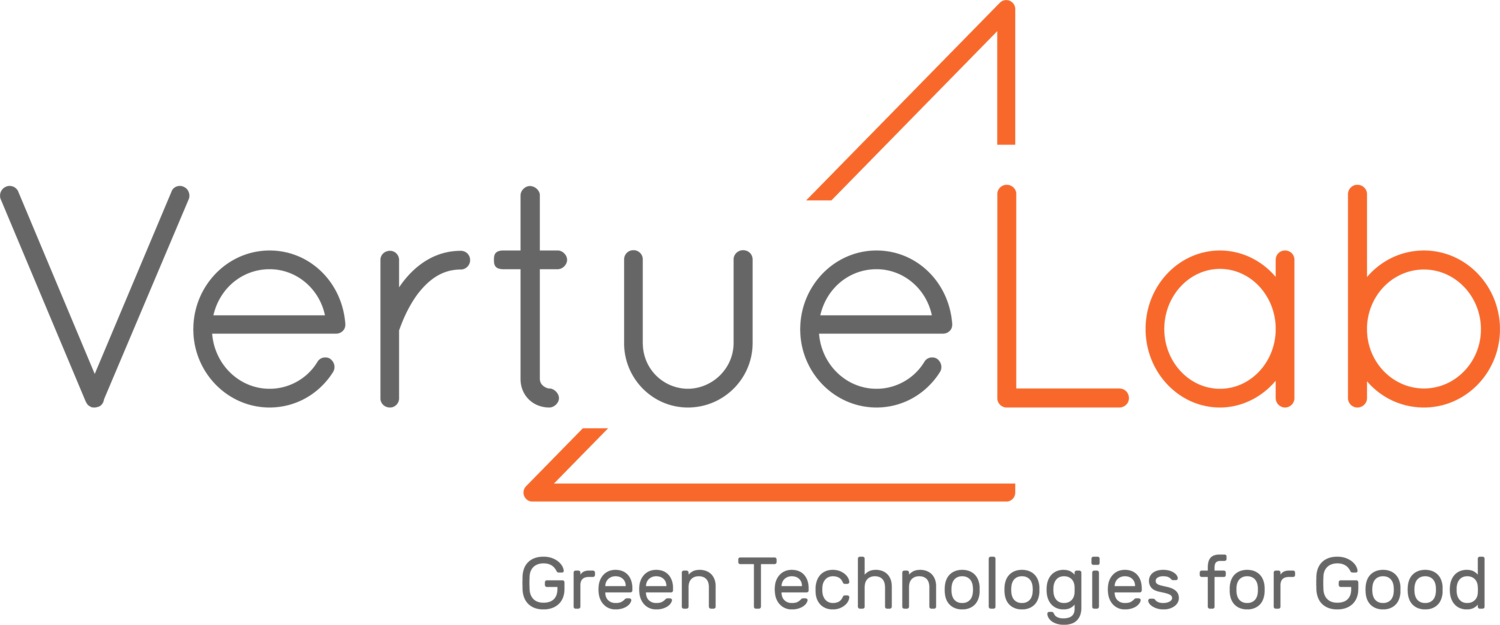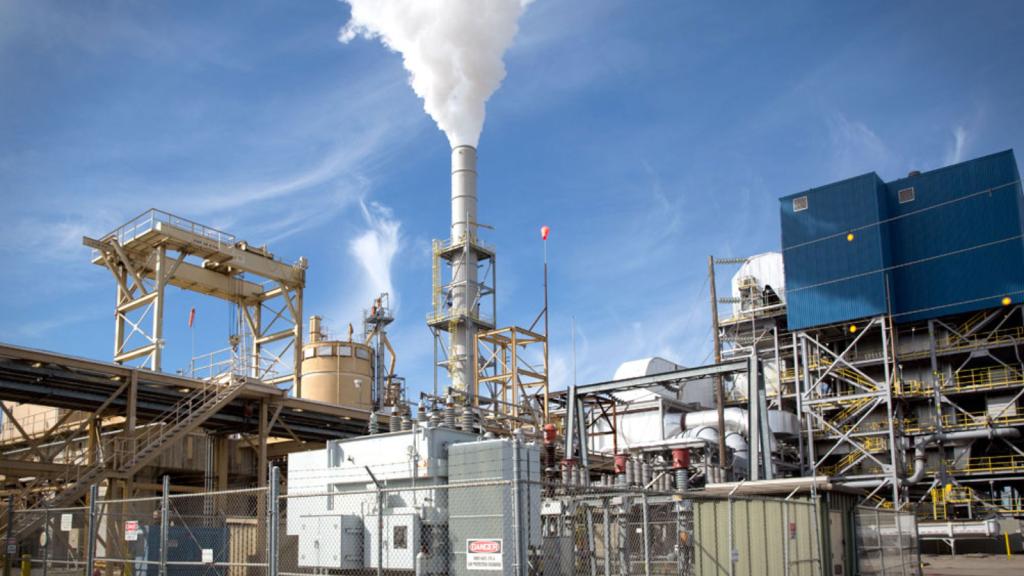Growing up in Colombia, Moriel Arango spent nearly every weekend on his father’s sustainable farm, about an hour from their home in the city of Cali. There, in the rural, western region of the country, prolonged power outages were common and reliable electricity could be scarce. Once, a lightning strike blew out a transformer in the middle of the night. This shut off the power to an aerator that supplied oxygen to thousands of red tilapia and cachama he was raising in lakes on the property.
“In these rural areas, you lose power and it’s going to be 48 hours or more,” Arango says. “All his fish are going to die.”
So Arango’s father had to make the hour-long drive during the night to bring a can of diesel to start up the backup generator and get the aerator running again. It’s experiences like these that eventually led Arango to BladeRunner Energy, a renewable energy company based in Bend, Oregon.
“It’s always been a big motivator for me—” he says, “looking at renewable energy, and the idea of getting it into the hands of folks that need it.”
The current moment, for all its upheaval and uncertainty, presents a unique opportunity for making big, systemic change when it comes to energy. BladeRunner, along with InPipe Energy, another Oregon-based startup, think the time is ripe for investing in hyper-local hydropower. Both are VertueLab-supported companies. InPipe captures excess energy flowing through municipal drinking water pipes, while BladeRunner replaces the environmental risk of hydroelectric dams with small, tethered turbines to harvest the energy of flowing water.
These types of small-scale, dispersed energy sources could help put much-needed power into the hands of communities — literally and figuratively.
“Electric utilities are inundated with innovation. Water departments, not as much,” says Gregg Semler, InPipe’s president and CEO. He’s working to change that.
As a city’s water makes its downhill journey from a water tower to the tap, pressure within a pipeline often becomes too high. Pressure-reducing valves situated along the pipeline help maintain a critical balance: Extra force from over-pressurized water can cause costly leaks or major water main breaks.
“Water is invisible. It’s underneath our streets, and we take it for granted when we turn on the tap that it comes out at the right pressure,” Semler says.
InPipe’s technology capitalizes on existing pressure control valves, adding sensors to monitor precise flow and pressure within a pipe. When pressure starts to rise, water is diverted through a small pipe called a bypass, where it spins a series of microturbines before flowing back into the main pipe. The excess pressure is converted into energy, which can then be fed into a city’s electrical grid.
In October, InPipe completed its first partnership with a city, in Hillsborough, Oregon. It’s one of three pilot projects planned across the West. Funded with help from Portland General Electric and Energy Trust of Oregon, InPipe’s technology will help power lights, concession stands, and electric vehicle charging stations at the city’s recreation complex, generating between 185,000 and 200,000 kWh of electricity per year. The clean energy generated will reduce the city’s carbon footprint by more than 162,000 pounds annually—the equivalent of driving a car more than 240,000 miles.
Moving forward, Semler sees InPipe as an avenue for water equity around the country. Water may be our most important resource, but it is delivered via an aging infrastructure — the very pipes that deliver the nation’s water are crumbling and in need of serious repair. There are roughly 240,000 water main breaks a year, according to the American Society Civil of Engineers, resulting in more than 2 trillion gallons of lost drinking water annually.
And while tragedies in cities like Flint, Michigan, and Newark, New Jersey, have made national headlines for exposing dangerously high levels of lead in residents’ pipes, unsafe drinking water still threatens millions of people across the country.
To make the needed fixes and additions to the country’s water system would cost at least $1 trillion, as estimated by the American Water Works Association. Replacing lead service lines alone could cost as much as $50 billion. Semler hopes that monetizing water pressure, reducing leaks and pipe damage, and generating clean energy in the process might incentivize cities to invest in much-needed upgrades.
“We can tap into sources of capital for water departments, and that capital can be used to upgrade their infrastructure,” Semler says. “The benefit is that we produce energy around the clock.”
Moriel Arango, co-founder and CTO of BladeRunner Energy, has long been driven by the idea of energy equity as well. During his childhood in Colombia, he saw firsthand the types of socioeconomic disparities that can prevent communities from thriving: systemic poverty alongside extreme wealth, as well as Indigenous and Afro-Colombian villages displaced by violent drug trafficking and unrest.
“All of those things, they compound and add up to a motivation for me to continue down that path of helping others become empowered,” Arango says. Which is why he joined BladeRunner Energy in 2017.
BladeRunner’s hydrokinetic rotors are tethered to floating generators. They’re designed to float in waterways and provide power for isolated communities in landscapes that aren’t conducive to large-scale renewable energy infrastructure like solar fields, wind turbines, or dams. The company’s current rotors measure 20 inches in diameter, which are best-suited for shallow, fast-moving waters, like a stream. But as testing progresses, Arango would like to scale up to rotors as big as five feet across. These larger rotors could be used to generate power in the deeper, slower currents of a river.
So far, BladeRunner has tested its prototype in canals throughout the Central Oregon Irrigation District, in Tomales Bay, California, and in controlled environments at facilities at the University of California, Berkeley; University of California, Davis; and California State University, Chico. They’re waiting to hear about the status of federal grant money for a collaboration with the University of Alaska Fairbanks over the next several years. The partnership would scale additional testing in rural villages, where diesel generators remain a primary supplier of heat and electricity.
Eventually, Arango envisions his tethered rotors being a complement to microgrids — the hyperlocal, autonomous energy grids that are often used to power rural or especially remote locations. Roughly 12 percent of the world’s microgrid systems operate in Alaska, hence the hope to continue prototype testing there.
In Arango’s view, the benefits of clean energy equity extend beyond environmental sustainability. It’s about giving communities the resources needed to help them reach their potential.
“If we had a world where everybody had general equal access to education and electricity, the next thing you know, you have brilliant minds popping out of everywhere,” he says. “The brilliant minds are already there. It’s just a matter of giving them the opportunity to do something else, as opposed to figuring out how to survive day to day.”
VertueLab is a nonprofit fighting climate change by providing funding and holistic entrepreneurial support to cleantech startups. Through a decade of work they have a proven model that can help accelerate climate solutions that are key to reversing the climate crisis.




